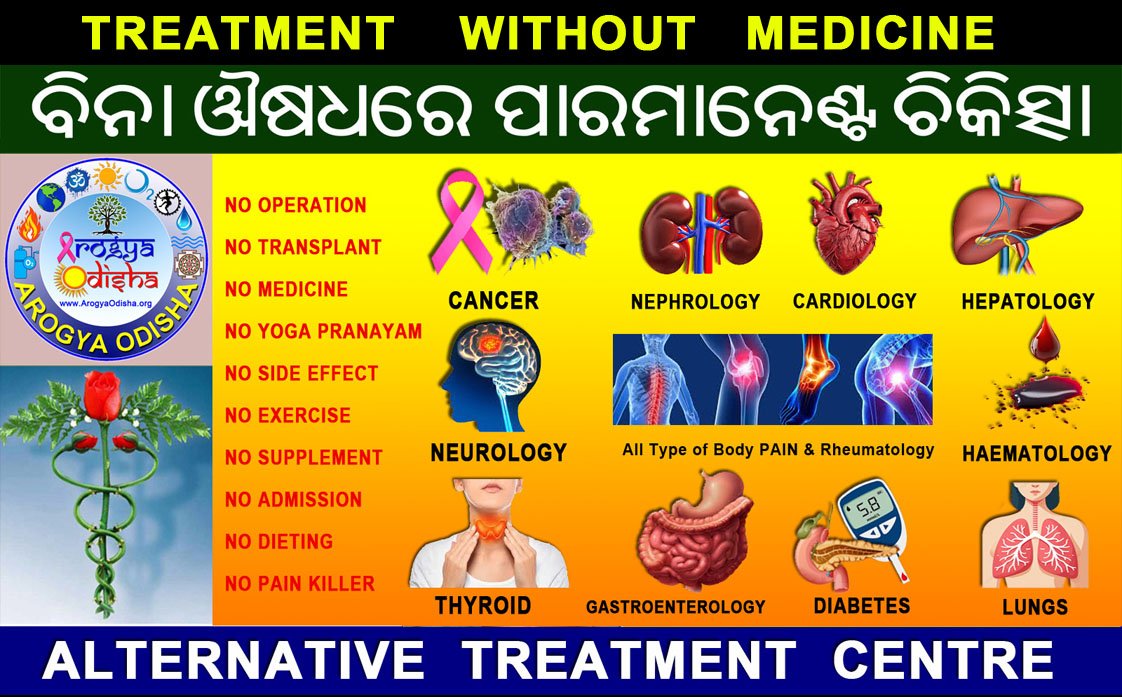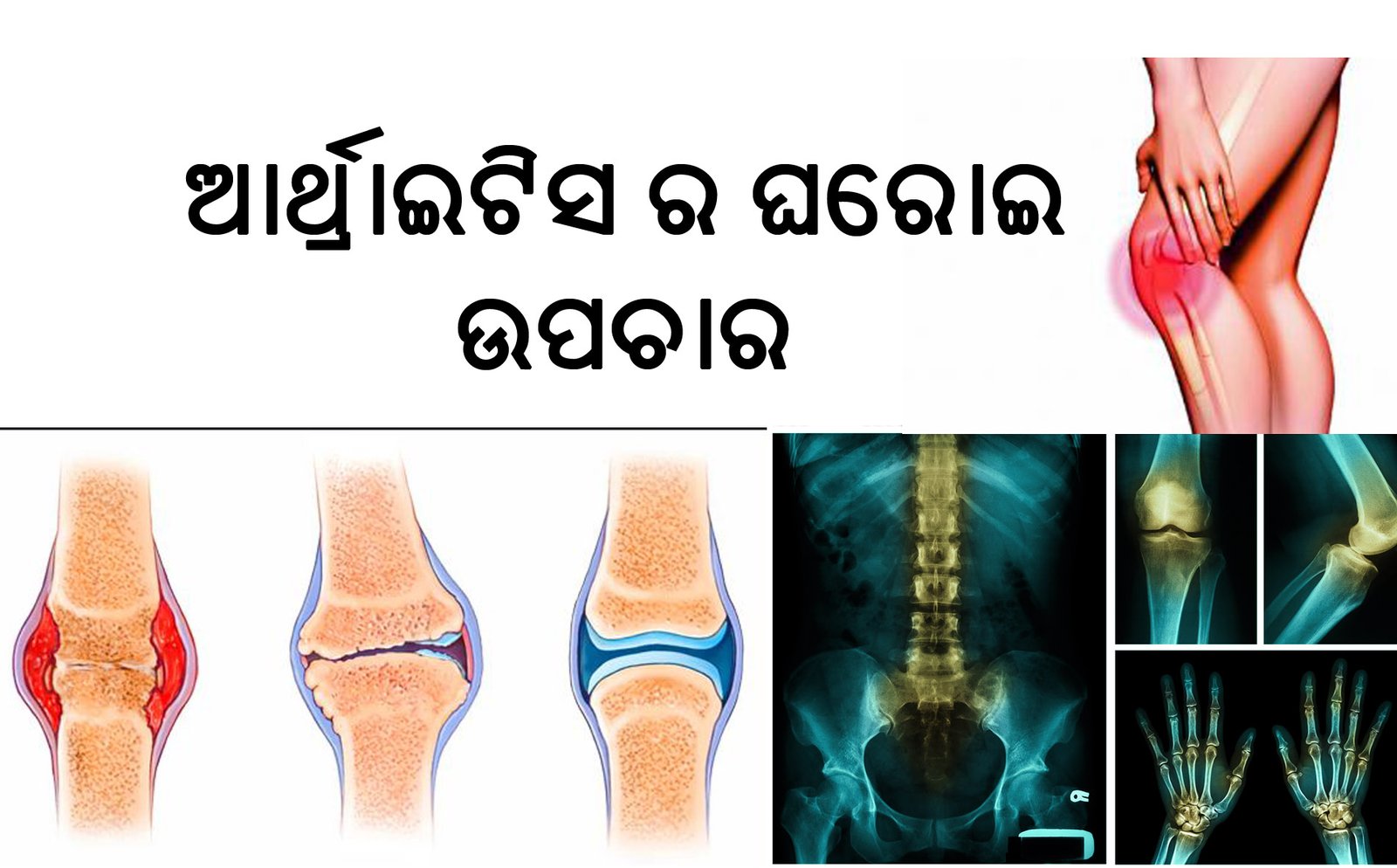Navigating Joint Health in 2024: Understanding and Managing Joint Pain in India

Introduction:
As we step into 2024, the landscape of healthcare in India is continually evolving, with a growing focus on preventive measures and holistic well-being. One prevalent concern that affects millions across the nation is joint pain. Joint pain can significantly impact one’s quality of life, hindering mobility and overall functionality. This article aims to shed light on the current state of joint health in India in 2024 and provide insights into effective management strategies.
The Burden of Joint Pain in India:
Joint pain is a widespread issue affecting people of all ages in India. Factors such as an aging population, sedentary lifestyles, and the increasing prevalence of conditions like arthritis contribute to the burden of joint pain. In 2024, the nation faces the challenge of addressing this issue comprehensively to enhance the well-being of its citizens.
Common Causes of Joint Pain:
- Arthritis: Osteoarthritis and rheumatoid arthritis are leading causes of joint pain in India. These conditions often result from the wear and tear of joints or an autoimmune response that attacks the synovium.
- Lifestyle Factors: Sedentary lifestyles, poor dietary choices, and obesity can contribute to joint pain. Lack of physical activity and an imbalanced diet may accelerate the degeneration of joints.
- Occupational Hazards: Certain professions involve repetitive motions or strenuous activities that can lead to joint pain. Workers in industries such as construction, agriculture, and manual labor may be at a higher risk.
- Injuries: Accidents, sports injuries, or other traumas can lead to joint pain, affecting both young and old individuals.
Management and Prevention Strategies:
- Regular Exercise: Physical activity plays a crucial role in maintaining joint health. In 2024, emphasis is placed on adopting regular exercise routines tailored to individual needs, incorporating low-impact activities like swimming, walking, and yoga.
- Healthy Diet: A balanced diet rich in antioxidants, omega-3 fatty acids, and essential nutrients can contribute to joint health. Nutritional supplements may also be recommended for those with specific deficiencies.
- Weight Management: Maintaining a healthy weight is essential for reducing stress on the joints, especially in weight-bearing areas like the knees and hips. In 2024, personalized weight management plans are gaining traction to address this concern.
- Medical Interventions: Advances in medical science offer various interventions for managing joint pain, ranging from medications to surgical procedures. In 2024, a multidisciplinary approach involving rheumatologists, orthopedic surgeons, and physiotherapists is increasingly becoming the norm.
- Awareness and Education: Public awareness campaigns and educational initiatives are crucial in 2024 to inform individuals about the importance of joint health, early detection of issues, and the adoption of preventive measures.
Conclusion:
In 2024, the approach towards joint pain in India is moving beyond mere symptom management. The focus is on empowering individuals with knowledge and tools to actively participate in the preservation of their joint health. By adopting a holistic approach that combines lifestyle modifications, medical interventions, and public awareness, we can pave the way for a healthier, more active India where joint pain is no longer a barrier to a fulfilling life.







